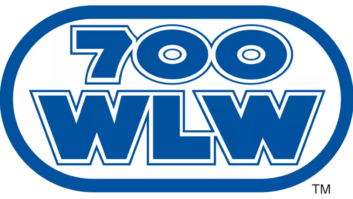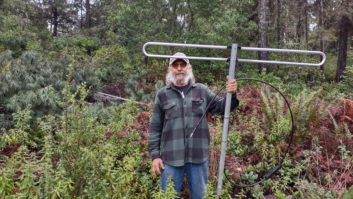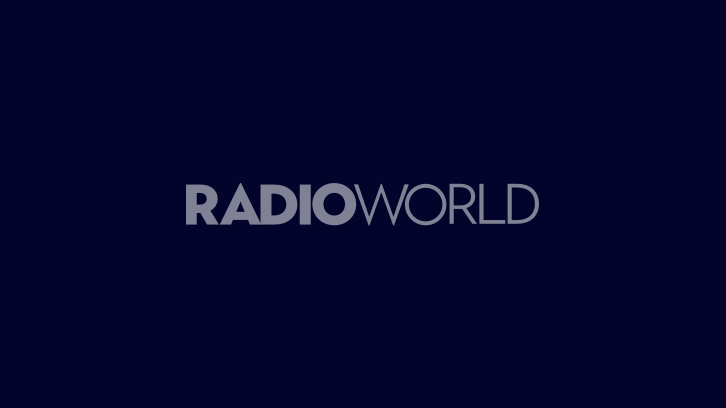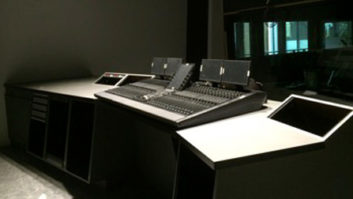Nick’s Signal Spot is a new feature in which Nick Langan explores RF signals, propagation, new equipment or related endeavors.
The way we consume sports events has definitely changed over the years.
There’s the vast amount of games that are viewable only on streaming — often the subject of a sports-talk rant.
I’m also not proud to admit that, more than a handful of times, I’ve simply followed the action from a contest by scrolling through posts on social media.
But through it all, there’s one sport that still translates perfectly to just you and your radio: baseball.
Mobile apps, no doubt, have helped make it easier to hear games — particularly the out-of-market variety.
But nearly every night last summer, I enjoyed a very entertaining Philadelphia Phillies regular season thanks to the play-by-play of the gifted Scott Franzke on 94.1 WIP(FM), over-the-air.
There’s a bevy of iconic stations and broadcasts that I’m sure many of you feel the same way about — whether it’s Tom Hamilton on WTAM(AM) in Cleveland or Jon Miller on KNBR(AM/FM) in San Francisco, just to name two of the best.
I thought I’d take a little time to explore what some of the more expansive baseball radio networks look like as the 2025 season begins.
MLB full-power radio affiliates, visualized
I performed a data analysis on each of the 30 MLB teams. As part of my RadioLand app project, I also keep tabs on affiliate stations. You can see the map above and it’s also viewable here.
It’s more difficult these days to keep track of how many each team has when you factor in FM translators for existing AM signals. So I limited my count to full-power signals, based on available data from each franchise’s website. You may notice some discrepancies — Spanish-language affiliates are included in the counts, for example.
The St. Louis Cardinals lead the way with 110 affiliates across nine states in the midwest and mid-south regions. The Atlanta Braves are next with 100 affiliates over 10 southern states, which is the highest number of states. When you factor in translators, the Braves are the top team.
| Team | # Affiliates | States Covered |
|---|---|---|
| Cardinals | 110 | AL, AR, IA, IL, IN, KY, MO, OK, TN |
| Braves | 100 | AL, FL, GA, IN, KY, MS, NC, SC, TN, VA |
| Twins | 70 | IA, MN, ND, SD, WI |
| Reds | 53 | IN, KY, OH, TN, WV |
| Royals | 49 | IA, KS, MO, NE |
| Rangers | 46 | AR, KS, LA, NM, OK, TX |
| Red Sox | 39 | CT, MA, ME, NH, RI, VT |
| Brewers | 35 | MI, WI |
| Cubs | 31 | IA, IL, IN, MN, NE, SD, WI |
| Tigers | 31 | MI, OH |
The Minnesota Twins are next, with 70 such stations. They cover Minnesota, the Dakotas and neighboring portions of Iowa and Wisconsin.
The Cincinnati Reds and Kansas City Royals follow, blanketing small towns across the midwest and Great Plains.
The Toronto Blue Jays’ network stretches across Canada, while the Arizona Diamondbacks, Houston Astros and Los Angeles Dodgers each have Spanish-language broadcasts available in Mexico.
The Dodgers are even heard in the U.S. Virgin Islands via 1340 WSTA(AM) in St. Thomas.
[Related: “Baseball, Radio and Generations of Tuning In”]
Some notable changes for 2025 include the recent addition of St. Louis’ 104.1 KMOX(FM) to accompany the voice of the Cardinals on 1120 KMOX(AM).
With the Athletics in — let’s call it “transition mode” — 650 KSTE(AM) in Sacramento is their temporary flagship home.
Let me know what you think of the map! If it is helpful, I can reproduce a version with translators, too.
Distant listening
The introduction of the FM radio band into baseball broadcasts is still a fairly recent phenomenon. It followed the general movement of AM broadcasters to seek FM simulcasts.
For many, though, the clear-channel AM signals are still where the game resonates most.
Chicago’s WSCR is home to the Cubs, WLW in Cincinnati to the Reds, KIRO in Seattle to the Mariners, WCCO in Minneapolis to the Twins, KOA in Denver to the Rockies, the Mets on the now-WHSQ in New York, the Pirates on KDKA in Pittsburgh — plus the aforementioned WTAM for the Guardians and KMOX for the Cardinals.
The Washington Nationals are also heard on clear-channel WRVA(AM) in Richmond, Va.
My most memorable long-distance baseball reception? I’ll be writing much more about the E-skip propagation phenomenon in this space in the coming months. During such an opening on July 24, 2012, I received the Arizona Diamondbacks’ game broadcast on 92.1 FM from my location in New Jersey — with the voice of play-by-play announcer Greg Schulte.
That turned out to be KZUA(FM) Holbrook, Ariz., approximately 1,955 miles away, via what is known as double-hop sporadic-E. You can listen to the clip here.
Do you have a memory of listening to the late innings of a ballgame after sunset via skywave or any other propagation? I’d love to hear about it!
And finally — welcome back, baseball.
Feedback on short-spacing
I appreciated hearing from several readers on my first Signal Spot column, where I talked about areas where adjacent and co-channel full-power FM signals are about equal. Please continue to keep the emails coming!
Longtime broadcast engineer Milford Smith also noted how 100.3 WRNB(FM), licensed to Media, Pa., but with its antenna on the Roxborough farm in Philadelphia, and 100.3 WHTZ(FM), licensed to Newark, N.J., but with its antenna atop the Empire State Building, present a predicament when trying to listen to the frequency in central New Jersey.
Chime in Sherman Oaks, Calif., used to live in northern New Jersey, and he remembered hearing the former 99.5 WJBR(FM) from Wilmington, Del. (now WVCY), through its heterodynes under New York’s WBAI.
He noted how the dial near where he lives in Los Angeles is rather similar to New York’s, starting from the 89.9 position upward. He once found that, on the 50th floor of a downtown L.A. high-rise, the Mount Wilson signals weren’t particularly strong — but the San Diego stations were full-quieting.
With the aid of tropospheric enhancement, I remember one instance myself where New York’s WCBS was cutting into Philadelphia’s WBEB — right on Philadelphia’s Walt Whitman Bridge!
Andrew Knafel on X noted a pair of close of adjacents, 93.1 WZAK(FM) in Cleveland and 93.3 WNCD(FM) in Youngstown, which both run HD Radio.
Engineer Alan Jurison recalled that in the early days of HD Radio, he was driving on Interstate 83 near the state line when 105.7 WJZ(FM) Catonsville/Baltimore was running HD, but WQXA(FM) in York, Pa., wasn’t.
“You’d be a few miles inside PA and, with the rolling hills, be blending back and forth between sports and rock,” he noted. This was resolved when WQXA ultimately added HD Radio.
Tom Conroy from Martinsville, Va., used to work at 105.7 Catonsville/Baltimore when its 500’ tower was installed in the 1980s, using panel antennas to protect against same-channel York. “No doubt you found it fun hearing the two 105.7 signals battling it out depending on what hill you were on,” Conroy wrote.
He also pointed out overlap from Class B signals 103.7 WXCY(FM) Havre De Grace, Md., and 103.7 WMGM(FM) Atlantic City, N.J. He noted that WXCY is also directional to protect adjacent-channel WTOP(FM) in Washington, D.C.
Tom used to work at 99.1 WSLQ(FM) — one of the very few 200 kW grandfathered FMs. He suggested that the subject of grandfathered FMs could make for a great upcoming Signal Spot column. Tom — I will take you up on that!
Comment on this or any article. Email [email protected].






